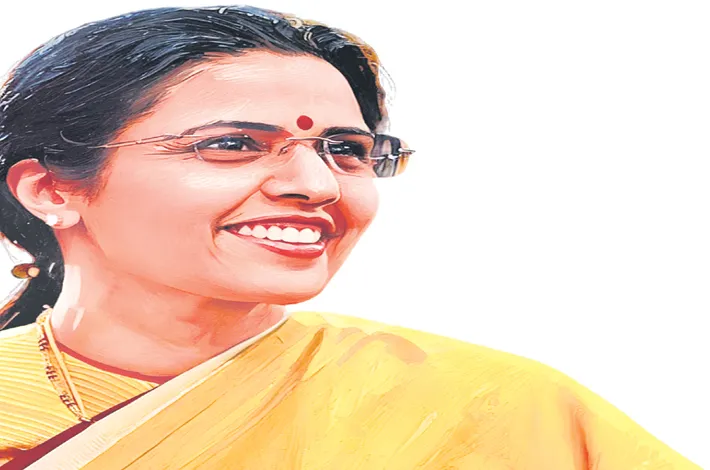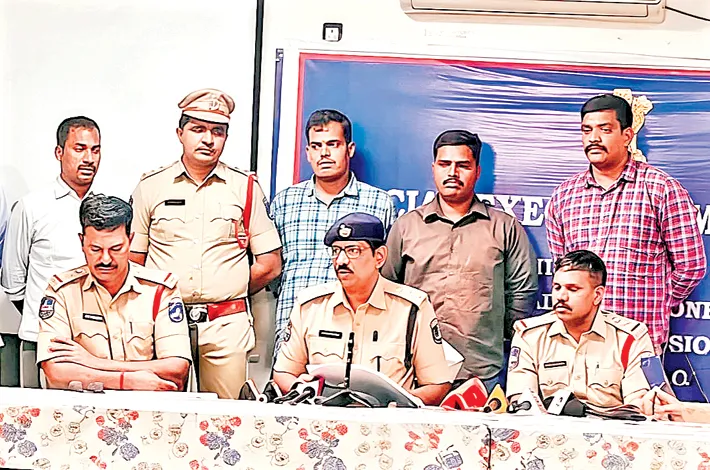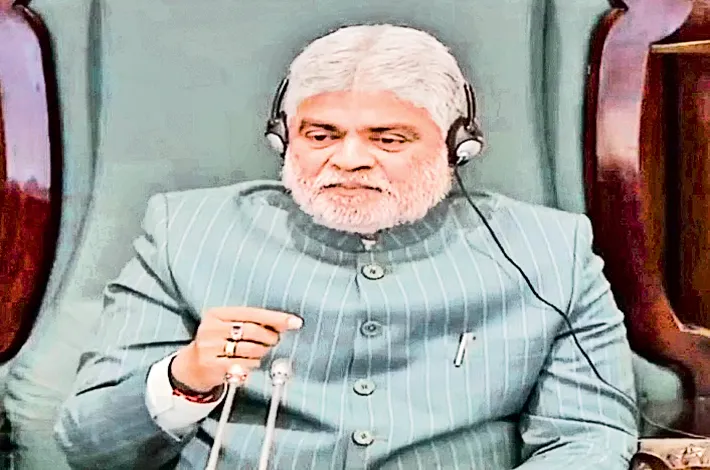Thalassemia in India: A Hidden Health Crisis
06-07-2025 12:00:00 AM

Nara Bhuvaneswari
Managing Trustee, NTR Memorial Trust
Thalassemia, a group of inherited blood disorders, is a major health concern in India. It affects how the body makes Temoglobin, leading to severe Anemia and lifelong medical needs. This article explores how common Thalassemia is across India’s regions, the challenges it brings, and what can be done to tackle it. With varying prevalence, limited data, and uneven healthcare access, Thalassemia demands urgent action to reduce its impact on families and the healthcare system.
What Is Thalassemia?
Thalassemia is a genetic condition that reduces Hemoglobin production, the protein in red blood cells that carries oxygen. There are two main types: alpha (α) Thalassemia and beta (β) Thalassemia. β-Thalassemia happens when mutations in a gene on chromosome 11 reduce or stop the production of beta globin, a key part of Hemoglobin. It ranges from β-Thalassemia major, a severe form needing regular blood transfusions, to β-Thalassemia minor, a mild carrier state with slight anemia.
α-Thalassemia occurs when genes on chromosome 16 are missing or mutated, affecting alpha globin production. Its forms include the deadly Hemoglobin Bart’s Hydrops fetalis, which is often fatal before or soon after birth, and milder conditions like the α-Thalassemia trait.
Globally, Thalassemia is common in areas like the Mediterranean, Middle East, South Asia, and Southeast Asia, where it likely spread due to a genetic advantage against malaria. In India, β-Thalassemia affects about 3-4% of the population as carriers, with some communities, like those in Gujarat and Punjab, showing rates as high as 17%. α-Thalassemia varies widely, from 1% to 71%, with higher rates in the west, south, and northeast.
Thalassemia Across India’s Regions
India’s diverse population leads to significant differences in Thalassemia prevalence. β-Thalassemia is more common in western and northern states like Gujarat, Maharashtra, and Punjab, where 3-17% of people may carry the trait. Tribal communities, often isolated and practicing consanguineous marriages (marrying close relatives), face even higher rates. In South India, studies show β-Thalassemia trait prevalence from 8.5% to nearly 38%, with severe cases affecting 2.3-7.5% of some groups. Eastern India’s tribal areas also report high rates of β-Thalassemia and other blood disorders, worsened by poverty and low education levels.
α-Thalassemia is less common but still significant in certain areas. It’s more frequent in the northeast, like Assam and West Bengal, due to ethnic and genetic factors. In South India, studies report a 12.9% prevalence of the α-Thalassemia trait, especially in tribal areas where malaria is common. These regional differences show how genetics,








